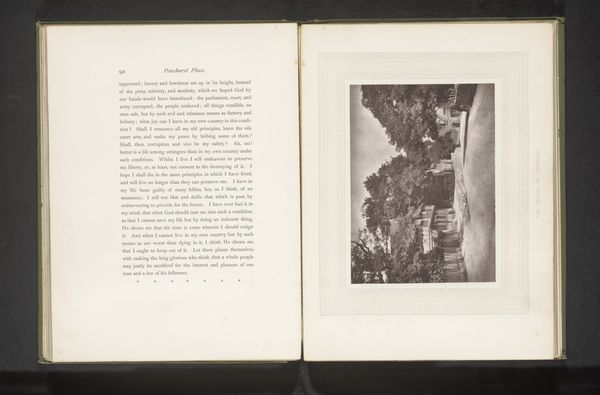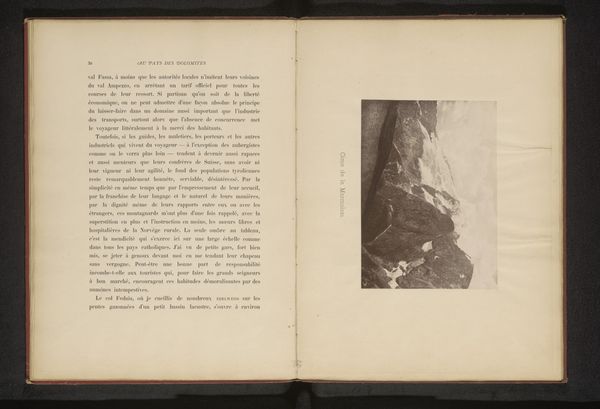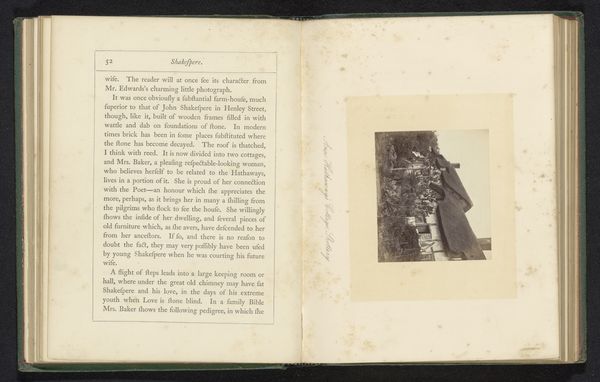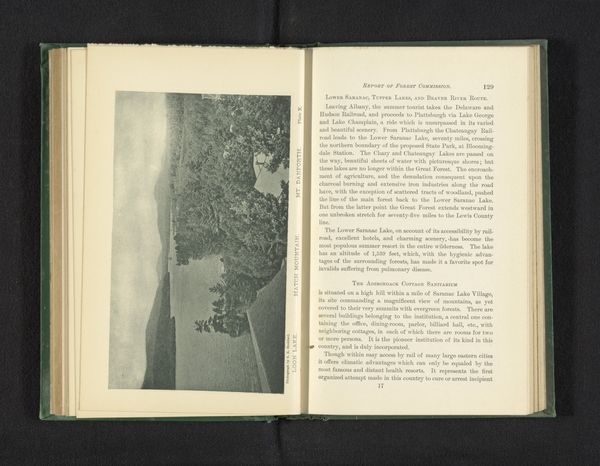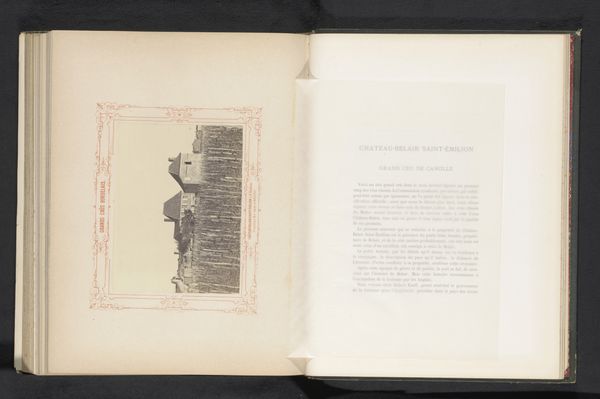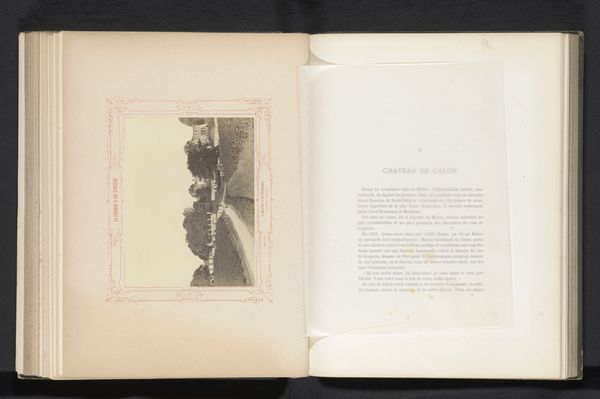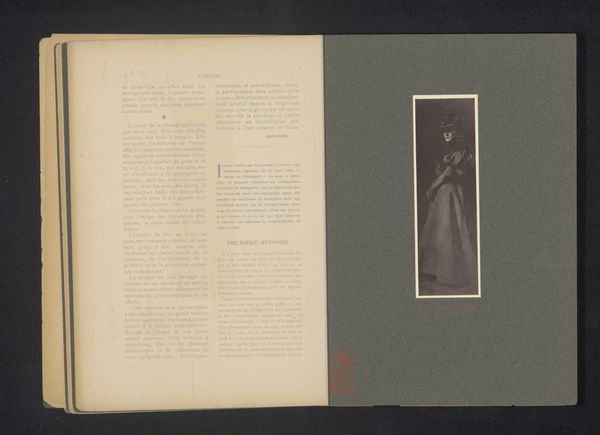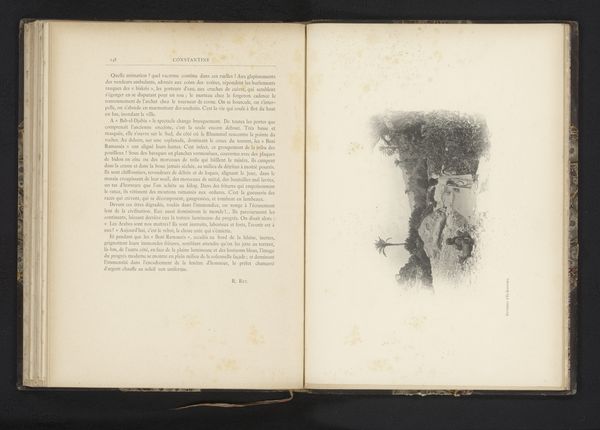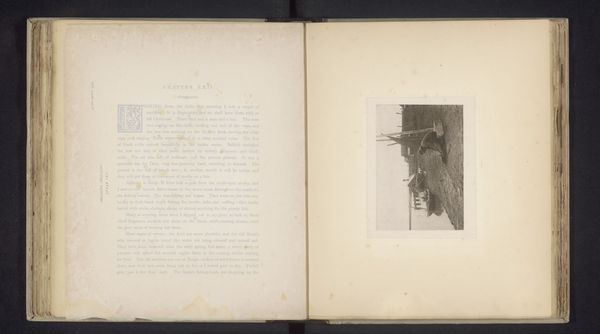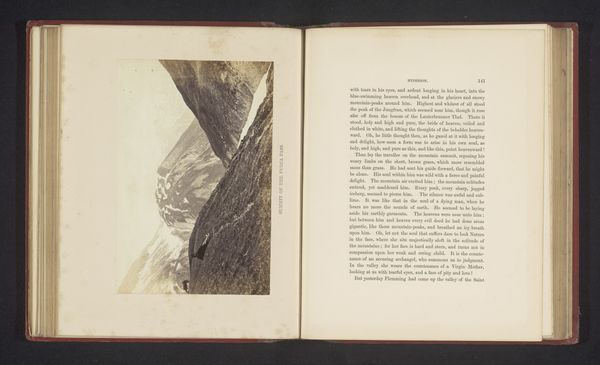
print, photography, collotype, albumen-print
# print
#
landscape
#
photography
#
collotype
#
albumen-print
Dimensions: height 102 mm, width 160 mm
Copyright: Rijks Museum: Open Domain
Editor: This albumen print, possibly a collotype too, is titled *Gezicht op Knole House* and was created before 1876 by Stephen Thompson. It depicts a grand estate viewed from afar. The sepia tone gives it an antiquated feel. I wonder, what’s its historical context and significance? Curator: The cultural context is fascinating. Photography like this, disseminated as prints within albums, speaks to the Victorian era’s obsession with documenting and cataloging its world, especially aristocratic holdings like Knole House. It’s more than just a picture; it’s a statement about power and permanence, don't you think? These houses and their estates embody generational wealth and social hierarchy, carefully constructed for the ages. Editor: Absolutely. It seems like these landscape images promoted idealized visions. But what’s more is that the placement in the albums gave photography the place to be an established part of the wealthy culture and promoted photography to be seen and embraced in culture and society. The medium itself has been transformed from solely the purpose of portraits into art and something aesthetically pleasing to purchase to fill the cultural void for art within their home libraries. Was this artistic choice intentional, though? Curator: To a degree. Photographers were definitely aware of their social position, their market, and actively participated in perpetuating such imagery. There was no question, as the artistic and market forces merged in that historic time. It’s interesting how the album format normalizes and perhaps even naturalizes these displays of wealth, positioning them as quintessential elements of the Victorian landscape and, indeed, social fabric. And as we discussed it here, how has your own interpretation of the work changed? Editor: I now see this piece less as just a scenic view and more as a carefully crafted document reflecting Victorian social values and class structures. This dialogue changed how I feel and view the historical contexts and social statements being promoted and seen to the Victorian population. Curator: And I'm reminded how potent visual imagery can be in shaping our understanding and acceptance of social norms. It's definitely given me food for thought.
Comments
No comments
Be the first to comment and join the conversation on the ultimate creative platform.


